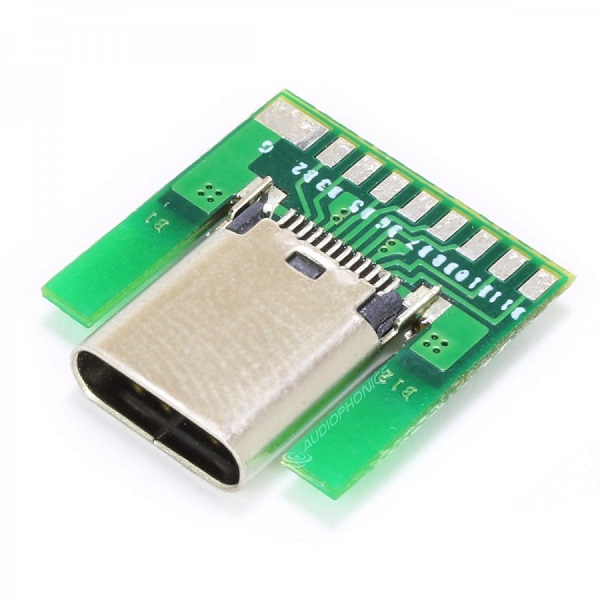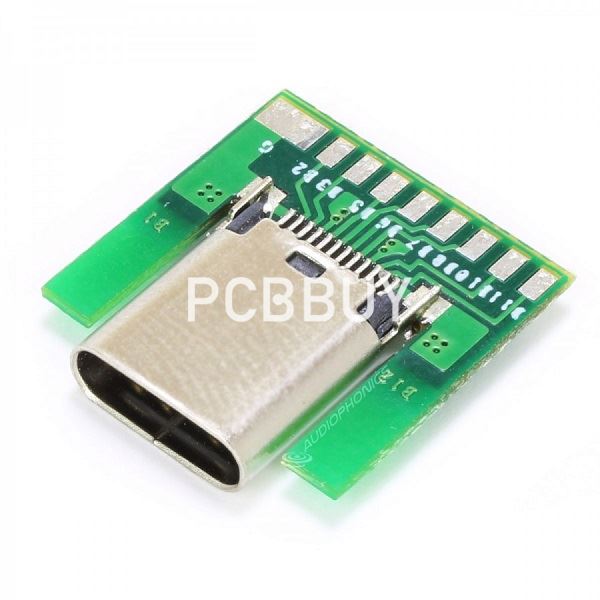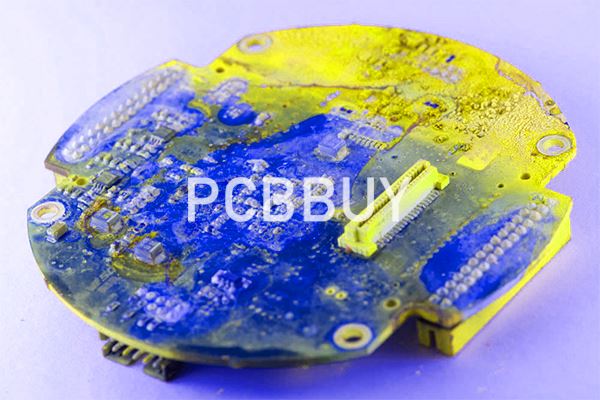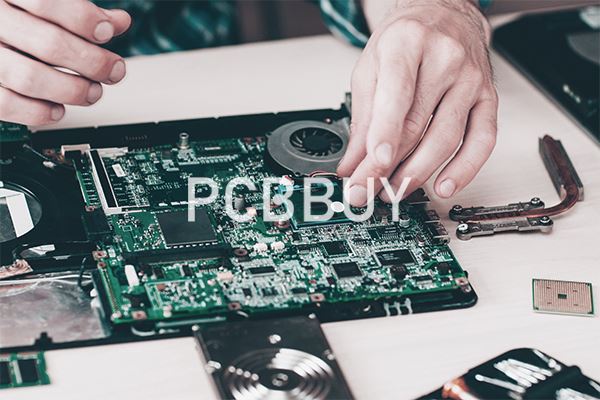How to Route USB PCB with All the Probably Problems?
By:PCBBUY 01/20/2022 09:24

Ordinary USB device differential line signal line width and line spacing can be consistent with the entire PCB board signal line width and line spacing. However, when the USB device works at 480 Mbits/s, it is not enough to do the above. We also need to control the impedance of the differential signal. Controlling the impedance of the differential signal line is very important for the integrity of the high-speed digital signal.
How to make USB PCB? In this passage, we are going to provide all the information about USB PCB, please check and read the content below.

Why should you use USB?
There are so many reasons to use USB-C, here are in my opinion the top 5 reasons why you should use the USB-C connector in your projects.
· Is increasingly used in different types of devices, it is the new standard when it comes to device connectors.
· The USB-C connector is more durable due to its design than a micro USB-B connector.
· Greater compatibility for new fast-charging standards.
· USB-C can carry multiple signals simultaneously in addition to the standard USB signals (Vbus, D +, D-, GND).
· It is capable of carrying higher voltages and currents than the USB-B connector.
Where can USB PCB are found?
USB ports and plugs were developed to simplify the process of connecting multiple different USB devices and peripherals to computers. While many older port types are still in widespread use today (especially for legacy hardware), fewer new peripherals are being manufactured that rely on them.

In their place, USB interface connectors have quickly become a near-ubiquitous feature. Today, you will find USB connections in almost all types of electronics and communications hardware, from laptops and mobile phones to printers, microphones and headphones, and even cars.
In short, almost every device that includes a PCB (printed circuit board) will likely have at least one type of USB port on it somewhere. PCB USB connectors and related components are cheap to buy, and easy to mount in a variety of ways including panel, surface, through-hole and cable mount.
It is also worth noting that many device types also now support a newer standard called USB On-The-Go (USB OTG), which enables certain products to switch between host and device roles. A common example would be a mobile phone, which can act as both a mass storage device itself and a USB reader for importing data from external peripherals.
What are the types of USB PCB connector?
A wide range of USB PCB connectors is available to suit various applications. Some of the common types of connectors include-
Vertical Mount Plug
You will find vertical mount USB PCB connectors made to fix them to a PCB vertically. You can mount these vertical plugs through various methods like through-hole or soldering. These plugs are ideal for cradle mounting applications. You can use them for charging multiple devices like smartphones and computers.
Vertical Through Hole
These connectors have a vertical orientation, just like vertical mount plugs. The terminations of the USB connectors pass through the plated thru holes of the PCB before fixing. Vertical through-hole connectors offer a narrow footprint for space-restricted applications.
Mid-Mount
Mid-Mount PCB connectors are suitable for low-profile consumer electronics. You find them useful when you are concerned about the height over and below the PCB. You can mount the connectors in the middle portion of the PCB using surface mount or through-hole method.
Top Mount
You can fasten the top mount USB connectors using the terminating leads on the top side of the PCB. Generally, you find the Top mount connectors onto the contact pads.
What are the problems of USB PCB?
Your USB PCB can cause errors or malfunction if you have a defective USB port. First, you need to determine whether the problem is with the port or the device. Plugin your device into another USB port and check if it works. If it does, then you can be sure that the USB port is out of order. If your device still doesn’t work, then it’s not the fault of the USB port.

You can try the following-
· Check and clean if any dirt has accumulated on the USB port.
· Do a physical check to see if the port is loose or broken.
· Restart your computer/laptop and see if the port works
· Check your device manager and uninstall the USB Host Controller.
· Replace USB port if everything else fails
Industry Category











